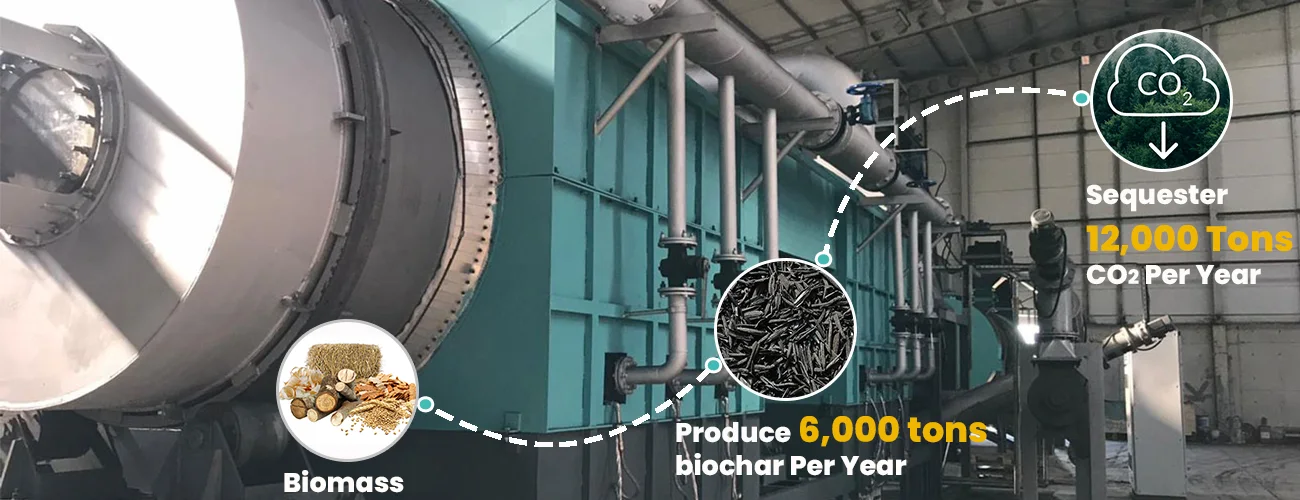The demand for sustainable packaging has catalyzed innovation in manufacturing systems, particularly in the design of pulp egg tray making machine technology. By integrating advanced engineering and smart automation, these systems address inefficiencies that plague traditional production lines. Below, we explore methodologies to augment throughput, reduce waste, and optimize resource allocation in pulp molding operations.
Modular Architecture for Scalable Output
Modern pulp egg tray making machine units feature modular designs, enabling rapid reconfiguration for diverse product specifications. Interchangeable mold assemblies and adjustable vacuum chambers allow operators to switch between tray sizes and patterns without prolonged downtime. This flexibility minimizes bottlenecks in high-mix, low-volume production environments.
Precision-engineered servo motors further enhance adaptability. Unlike hydraulic systems, servo-driven actuators calibrate pressure and suction parameters dynamically, reducing material overconsumption. The result? A 15–20% reduction in cellulose waste per cycle.
Automation and Real-Time Process Control
Automation lies at the core of next-gen pulp moulding plant efficiency. Robotic arms equipped with computer vision systems now handle tasks such as mold cleaning, tray stacking, and defect detection. These systems operate synchronously with the production cycle, eliminating manual intervention in post-forming stages.
Embedded IoT sensors collect real-time data on moisture levels, drying temperatures, and energy consumption. Machine learning algorithms analyze this data to predict maintenance needs and optimize cycle times. For instance, adaptive drying algorithms adjust oven temperatures based on ambient humidity, slashing energy use by up to 30%.
Closed-Loop Resource Recovery
Advanced pulp egg tray making machine models incorporate closed-loop water and heat recovery systems. Pulping stations recycle process water through ultrafiltration membranes, reducing freshwater intake by 70%. Simultaneously, waste heat from drying ovens is redirected to preheat incoming slurry, curtailing thermal energy demand.
Such circular workflows not only lower operational costs but also align with zero-liquid-discharge (ZLD) regulatory standards. Manufacturers report a 40% decrease in utility expenditures after retrofitting legacy systems with these technologies.
Predictive Maintenance for Downtime Mitigation
Unplanned downtime remains a critical inefficiency in pulp molding. Advanced pulp egg tray making machine units combat this through predictive maintenance protocols. Vibration sensors and thermal imaging cameras monitor critical components like vacuum pumps and conveyor belts. Anomalies trigger preemptive alerts, enabling repairs before failures occur.
Additionally, self-lubricating bearings and corrosion-resistant alloys extend equipment lifespan. These upgrades reduce maintenance frequency by 50%, ensuring consistent output in 24/7 production schedules.
Energy-Efficient Drying Innovations
Drying constitutes 60% of a pulp egg tray making machine’s energy consumption. Emerging technologies like far-infrared (FIR) drying and microwave-assisted dehydration accelerate moisture removal while using 45% less energy than conventional convection ovens. FIR systems penetrate fiber matrices uniformly, preventing warping and improving tray structural integrity.
Hybrid drying systems, which combine solar thermal panels with biomass burners, further decarbonize operations. Facilities in sun-rich regions have achieved net-zero energy drying by pairing these technologies with battery storage.
Adaptive Molding for Material Optimization
Traditional pulp molding often overcompensates for material weakness by using thicker layers. Advanced pulp egg tray making machine units employ finite element analysis (FEA) software to simulate stress distribution during vacuum forming. The system then applies variable pulp densities across the tray, reinforcing high-stress zones without excess material.
This approach reduces raw material use by 25% while maintaining load-bearing capacity. Some systems even integrate recycled agricultural fibers, such as sugarcane bagasse, to diversify feedstock sources.
Conclusion
The evolution of pulp egg tray making machine technology demonstrates that sustainability and efficiency are mutually achievable. By adopting modular automation, closed-loop systems, and intelligent drying solutions, manufacturers can elevate production rates, minimize waste, and future-proof operations against regulatory shifts. As Industry 4.0 principles permeate the sector, the next frontier lies in AI-driven hyper-optimization, where machines self-adapt to fluctuating demand and resource availability.



No comments:
Post a Comment